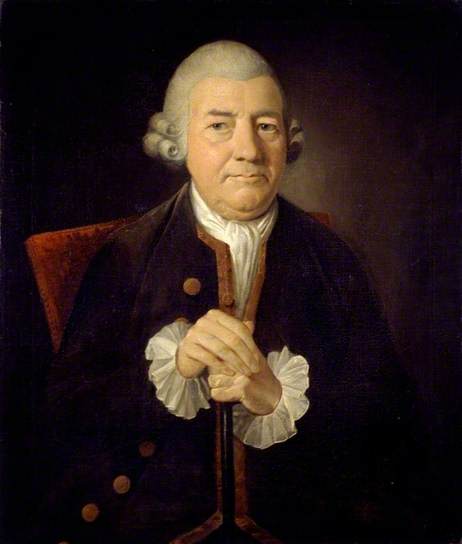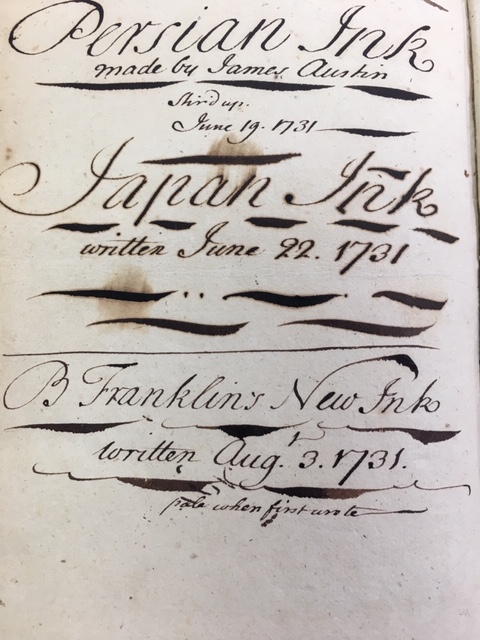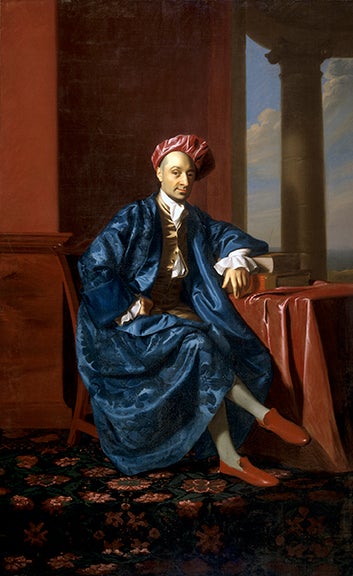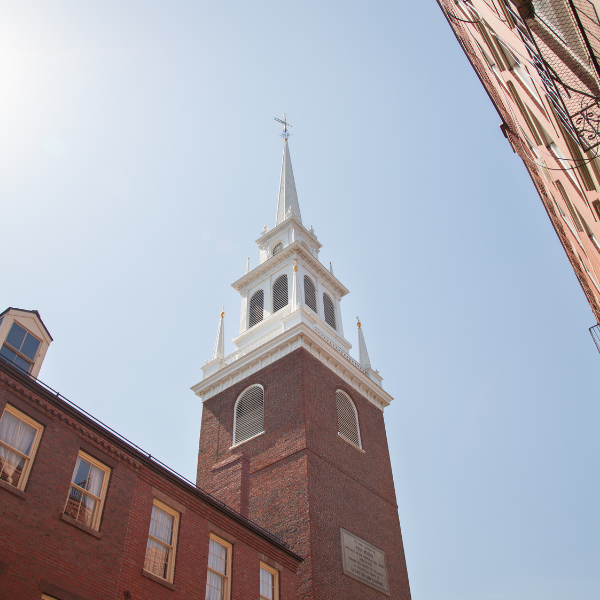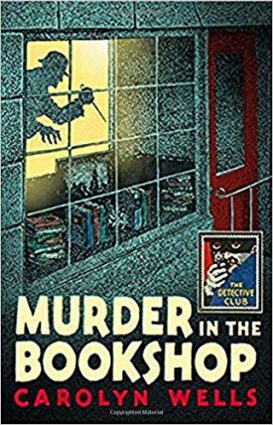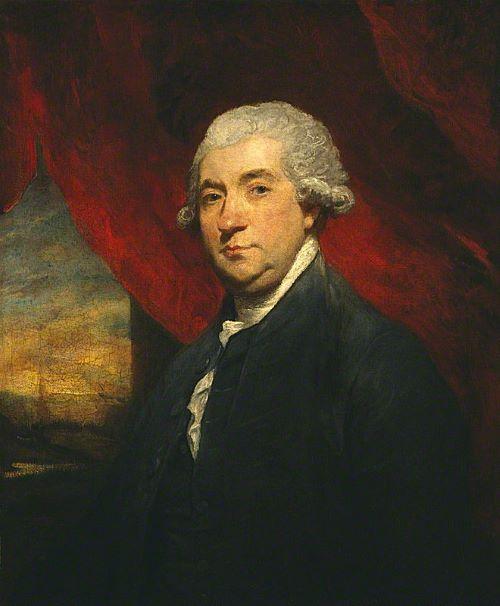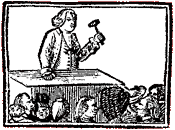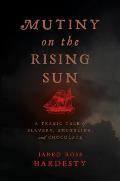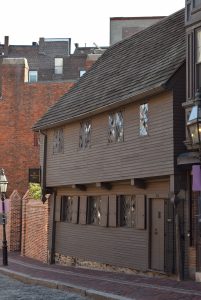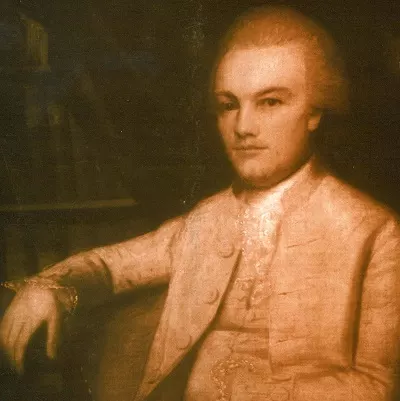Inaugurating a Boston 1775 Membership Tier
This past year, a number of history bloggers moved to Substack and similar platforms that offer a combination of free and subscription-only content.
It also became clear to me that lots of people now read Boston 1775 by email rather than on the web. The posts in that channel arrive hours after they go live on this website, with different formatting, and ads I can’t control.
All that has made me want to try something beyond the 2006 approach. Since I’m wary of any enterprise that involves registering myself for new platforms, I decided to expand my use of Ko-fi. The initial concept behind that website was that you could use it to buy a creator a cup of coffee—i.e., make a quick thank-you gift of $3 or so. Now it’s offering a channel for sharing exclusive material.
I’ve therefore created a Boston 1775 membership tier on Ko-fi called “Buff and Blue.” People can still make small, one-time donations to my ice cream fund, and I’ll be heartily grateful. But for people who choose to send $3 each month, I’ll respond with some exclusive “content,” as the kids say.
Presently I’m envisioning that content over the course of the year to include:
- Four longer articles with full citations about the American Revolution. Some of those would be drawn from material that’s appeared on Boston 1775 or in publications no longer available, polished and updated.
- Four reviews of books, articles, museums, historical novels, movies, or other cultural enterprises related to Revolutionary history.
- Four invitations to ask questions about Revolutionary New England or propose topics for investigation, which could seed new blog posts or articles.
Rather, I’m committing to the extra content to push myself to be more productive. A daily deadline for the blog keeps me exploring new topics. A monthly deadline will, I hope, give me the impetus to reshape material into longer and longer-lasting forms and finish up articles I already have in the works.
So please check out the Boston 1775 page at Ko-fi and consider signing up for the extra “Buff & Blue” content. This is an experiment. At the end of 2023, I’ll solicit readers’ feedback, assess the enterprise, and make adjustments if necessary.
(In addition, I’ve created a Mastodon account. This software operates somewhat like Twitter, my preferred social-media network, but without the problems brought on by Twitter’s new ownership. If you’re already participating on that site, look for me at @jlbellwriter@mstdn.social.)


